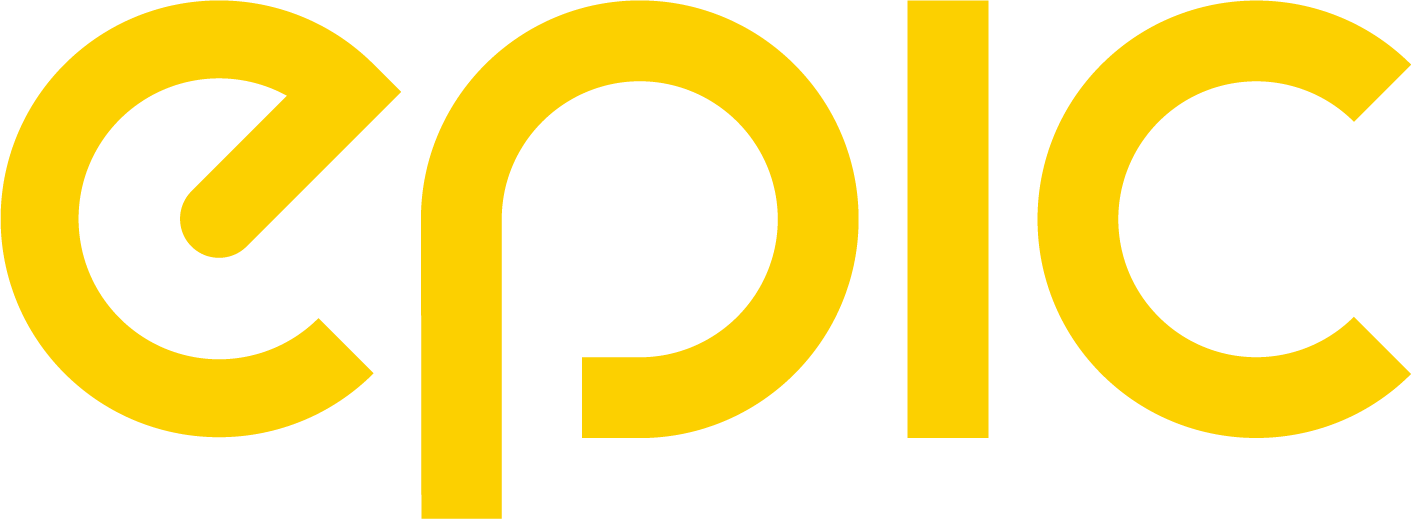Over the last few months, the integration of artificial intelligence (AI) into marketing needs has ushered in a brand new era of technological innovation and strategy, forcing businesses to face the daunting task of keeping up with the rapidly evolving demands of their industries. However, amidst these whirlwinds, there’s still a way businesses can relax and rely on stability and expertise – AKA: the agency advantage.
Small advancements in technology are making the biggest changes, and because of this, businesses need a way they stay ahead of the curve while maintaining their competitive advantages. Explore below how Epic Marketing can help you hurdle these obstacles and continue to thrive.
The digital challenges being posed:
Data Overload: In the age of constant data and analytics, businesses are overwhelmed with vast amounts of information from various sources. Managing and making sense of this data can be overwhelming, leading to analysis paralysis and even decision-making delays. The quick and convenient use of AI doesn’t make this any easier.
Personalization Pressure: With consumers expecting personalized experiences at every touchpoint, businesses are facing the challenge of delivering relevant and tailored messaging across multiple channels.
Content Creation Demands: The demand for high-quality content has never been higher, and we see constantly that businesses are struggling to produce engaging and compelling content consistently.
Tech Integration Hurdles: Adopting and integrating new technologies into existing systems can be a daunting task for businesses, especially those with limited resources or technical expertise.
Budget Constraints: Small businesses are facing the challenge of stretching limited marketing budgets to achieve maximum impact.
Adapting to Market Shifts: Business landscapes are constantly evolving. New trends, technologies, consumer behaviors, and more, are shaping and reshaping the competitive landscape constantly.
Measuring ROI Effectively: Demonstrating the return on investment (ROI) of marketing efforts has remained a top challenge for businesses as they struggle to attribute revenue directly to marketing activities.
How Epic can help
Cutting-Edge Strategies: Epic Marketing works to stay at the forefront of industry trends and innovations by developing cutting-edge marketing strategies tailored to each client’s unique needs and objectives. By leveraging the latest technologies and best practices, we’re able to help businesses stay ahead of the curve and capitalize on emerging opportunities in the digital landscape.
Data-Driven Insights: We’re dedicated to harnessing the power of data analytics to get you more valuable and concrete insights into your consumer behavior, market trends, and performance metrics. By analyzing your data and marketing efforts, we’re able to provide actionable insights that will inform your decision-making to drive continuous improvement. Epic Marketing’s expertise in data analytics will allow you to understand and sift through the noise to translate data into actionable strategies that drive results.
Personalized Approach: Epic Marketing takes a personalized approach to client relationships, as we understand that every business is different and requires tailored solutions. We work closely with each client to develop customized marketing strategies that align with their brand identity, target audience, and business goals, ensuring maximum impact and relevance. Instead of fearing AI, Epic Marketing handles it for you! By leveraging AI-driven technologies to segment your audiences, track behavior, and deliver personalized content that resonates with individual preferences and needs, we’re able to drive your impact and brand efficiency. We also offer flexible pricing models and scalable solutions that will allow businesses to optimize their marketing spend to drive measurable ROI without breaking the bank.
Multichannel Presence: Having a strong presence across multiple platforms is essential for reaching and engaging audiences effectively, so Epic Marketing helps businesses establish a comprehensive multichannel presence spanning social media, email marketing, search engines, and beyond to maximize your visibility and engagement across all areas.
Creative Excellence: With a team of seasoned creatives and designers, Epic Marketing works to deliver top-notch creative solutions that captivate audiences and drive results. We not only help businesses stand out in a crowded marketplace but ensure that they leave a lasting impression on their target audience, too. Whether it’s blog posts, social media updates, videos, or interactive experiences, Epic Marketing’s team of creative experts is dedicated to crafting captivating content that cuts through the noise.
Continuous Optimization: We believe in the power of continuous optimization. To drive success and maintain a competitive edge, Epic Marketing ensures that your marketing strategies remain effective and responsive through ongoing monitoring, testing, and refinement, allowing businesses to stay agile and adaptive in the face of uncertainty. We streamline these processes by leveraging our extensive network of technology partners and solutions that are seamlessly implemented to optimize your existing infrastructures and operations.
Strategic Partnerships: Epic Marketing fosters strong, collaborative partnerships with clients, serving as a trusted advisor and ally in their journey to success. By building long-term relationships, we’re able to empower businesses to achieve their goals and navigate challenges with confidence. With Epic, businesses know that they have a dedicated partner by their side every step of the way. Epic Marketing employs advanced solutions for businesses so they can boost their impact on marketing efforts and investments. Through our dedication to you and your success, Epic Marketing allows you to stay ahead of the curve comfortably and confidently.
As AI continues to revolutionize the way we approach marketing, the need for specialized knowledge and resources becomes more pressing than ever before. From predictive analytics and personalized messaging to chatbots and automation tools, the possibilities are endless – but it doesn’t have to be overwhelming. You don’t have to figure it out alone! That’s where agencies like Epic Marketing come in. We make it our mission to help you remain adaptable to emerging trends and technologies through our tailored solutions. We’re committed to delivering results that drive success and growth for your business.
Epic can be the partner you trust in navigating the complexities of the digital landscape. By prioritizing strong, collaborative partnerships with our clients, we become an extension of your team. With Epic Marketing by your side, you can rest assured knowing that you have a dedicated partner who is invested in your success for the long haul.
As the pace of technological innovation accelerates and the demands of marketing continue to evolve, the need for a trusted agency partner has never been greater. Why navigate the AI revolution alone when you can have Epic Marketing as your guide? Epic Marketing is the partner you need to thrive in the ever-changing business environment. We’ve got your back.


